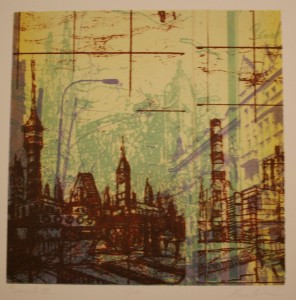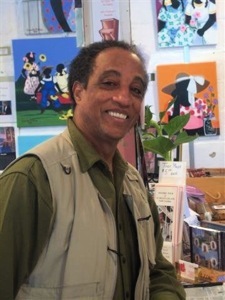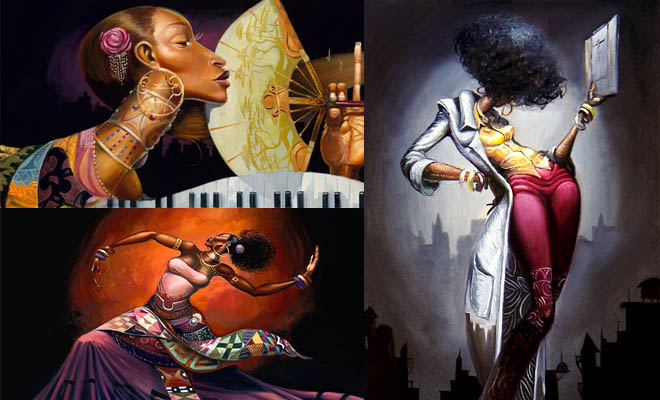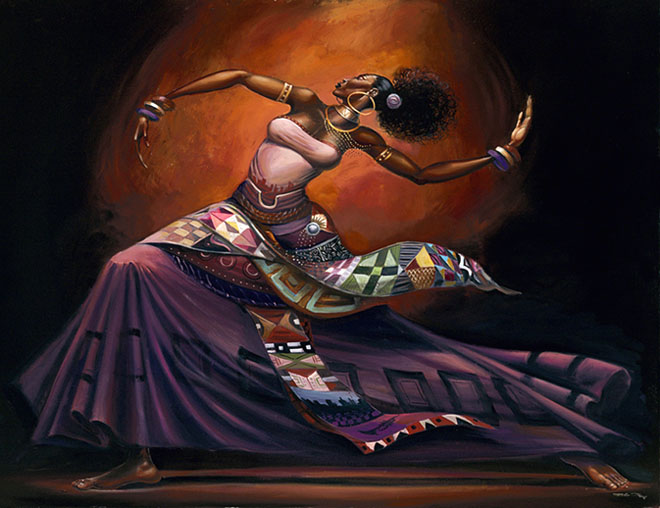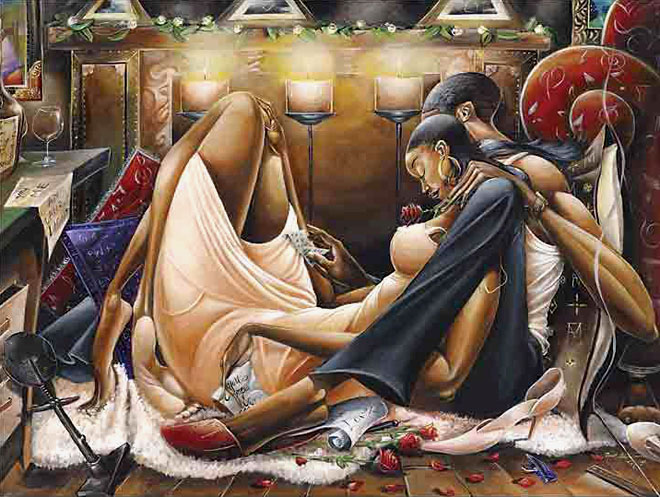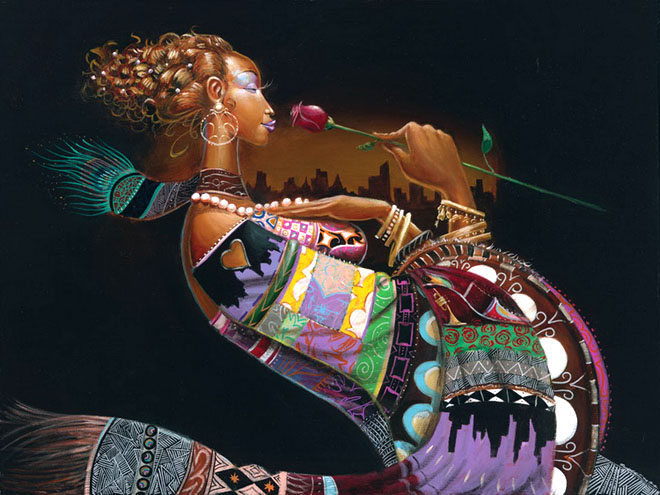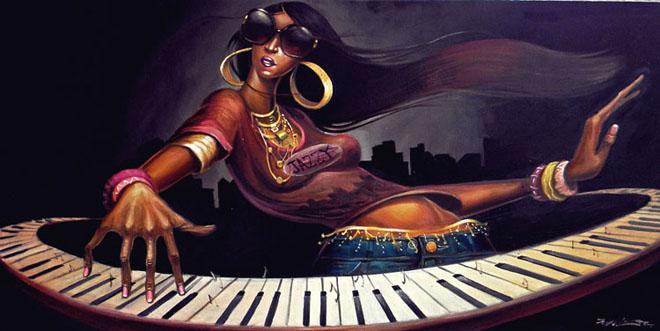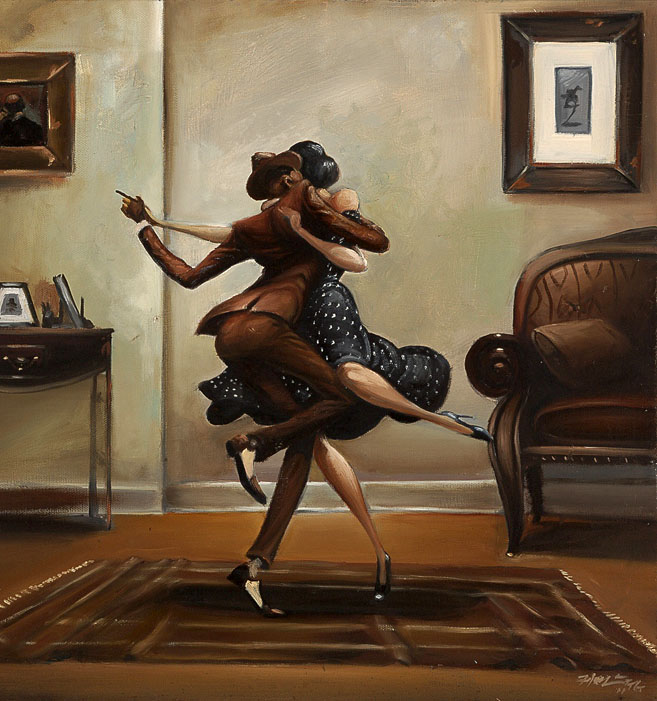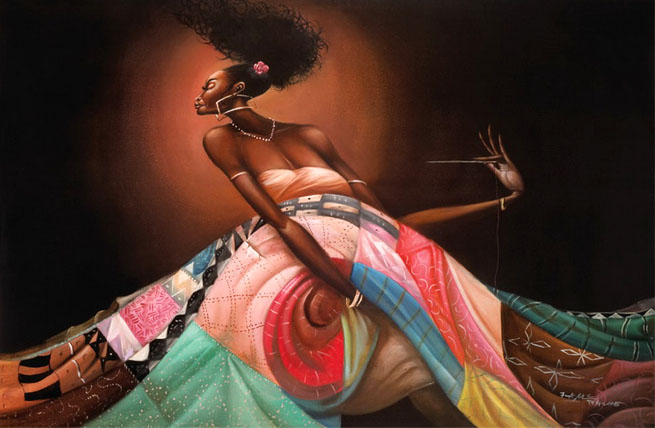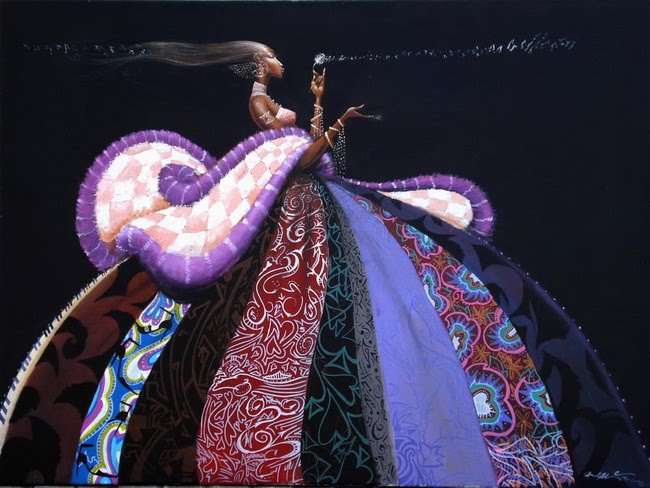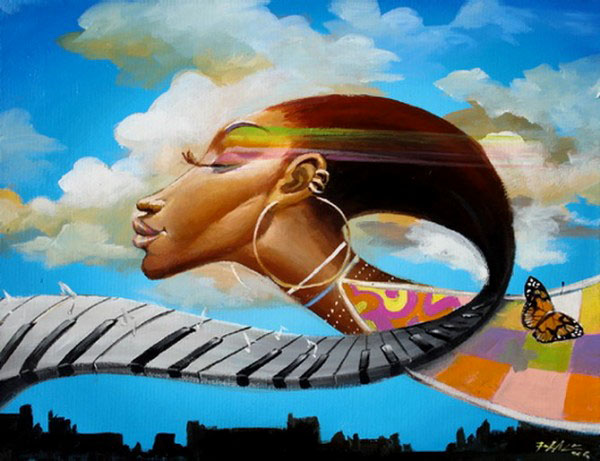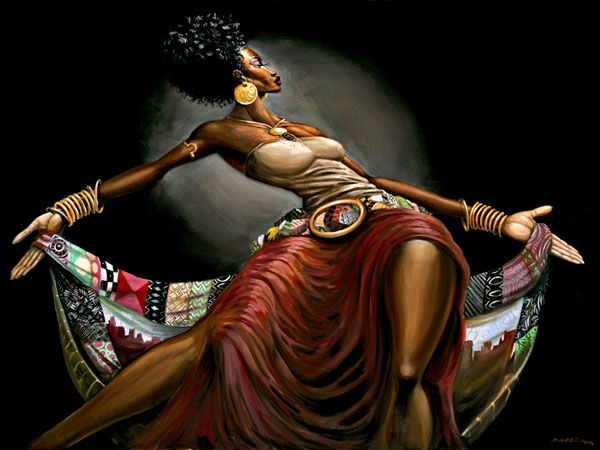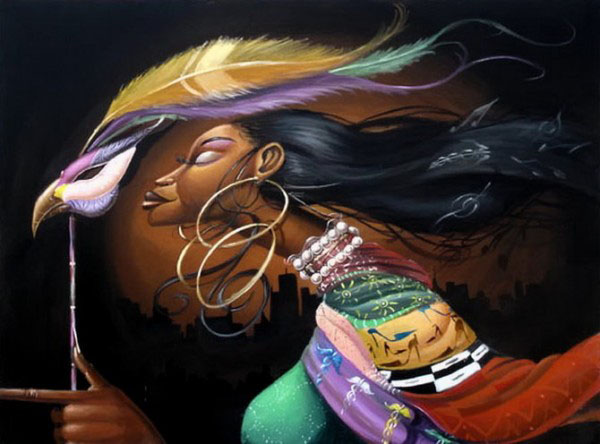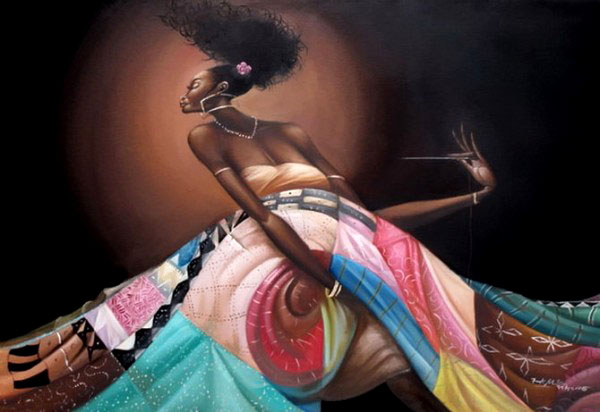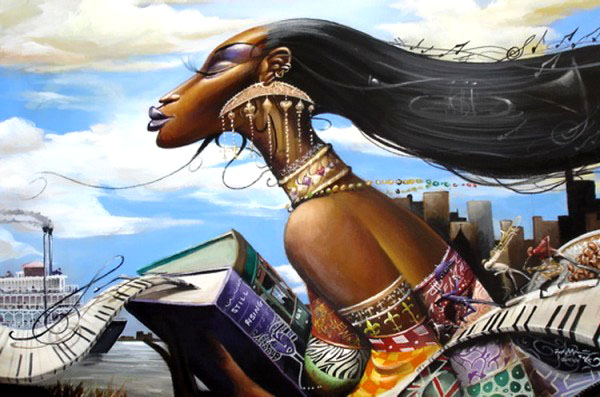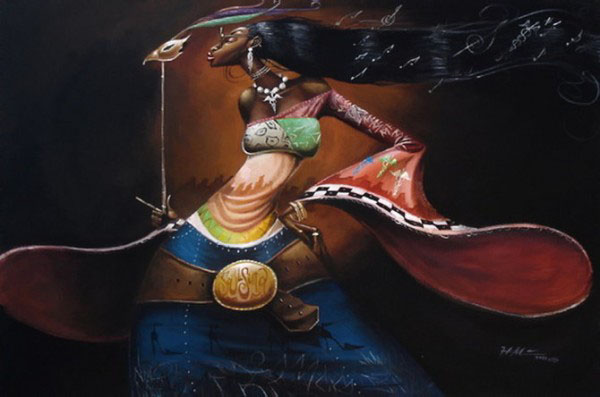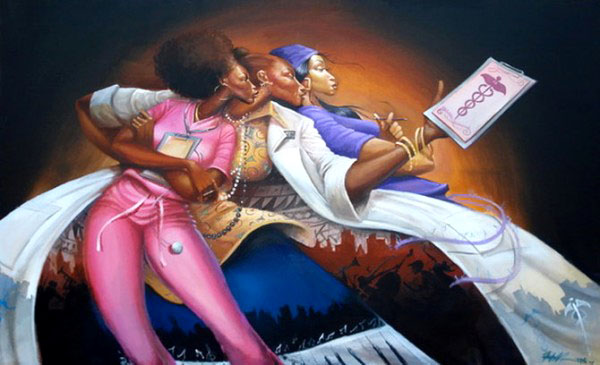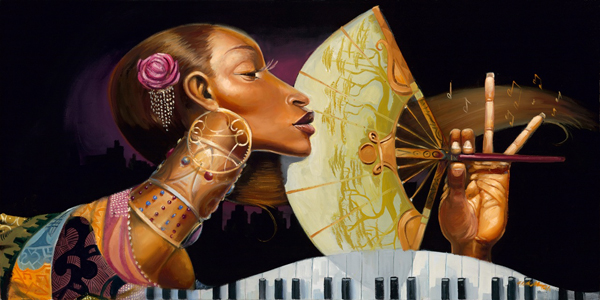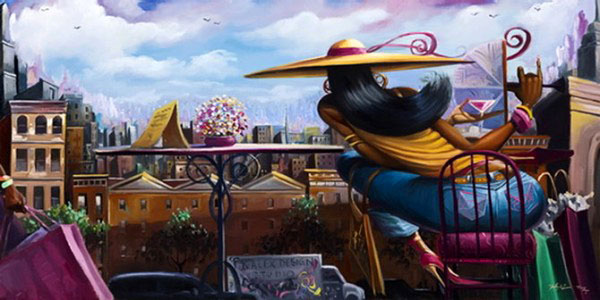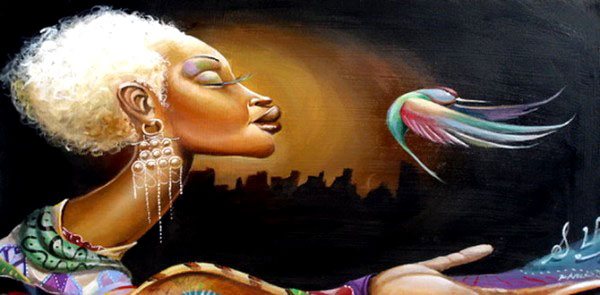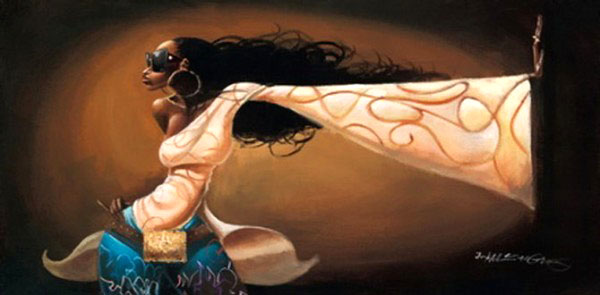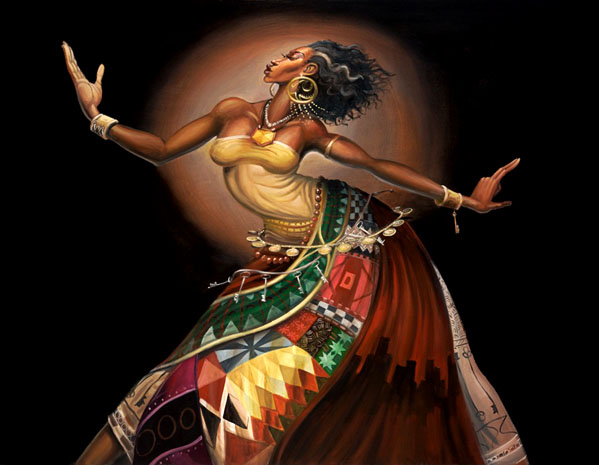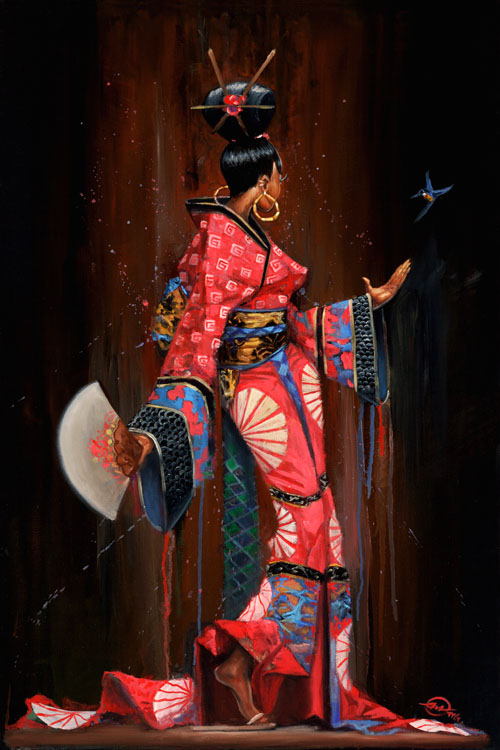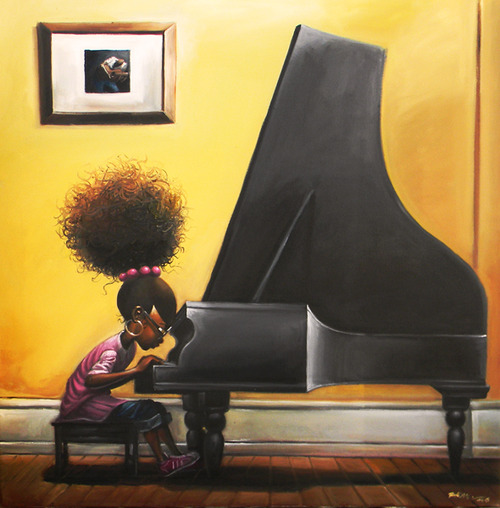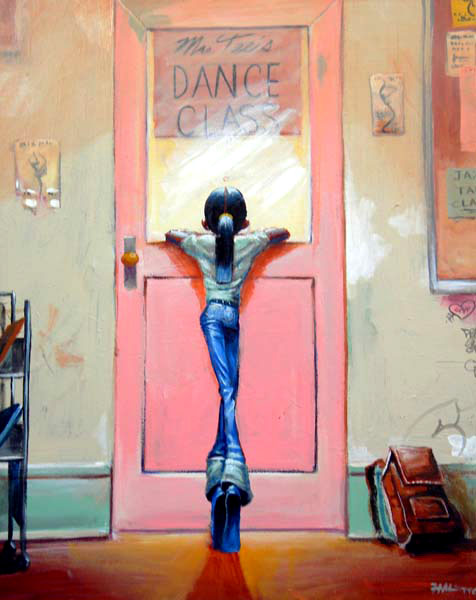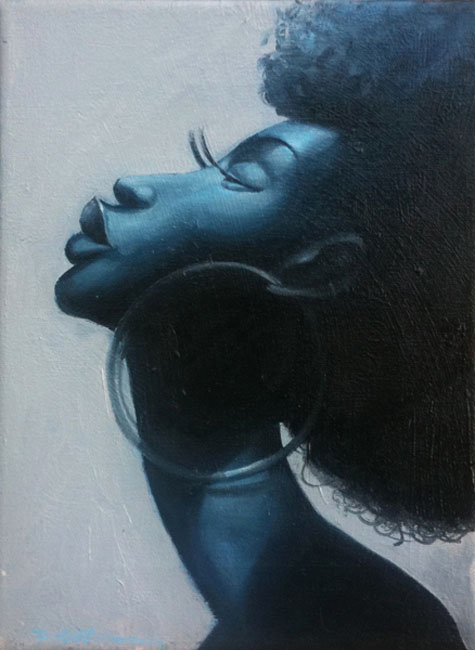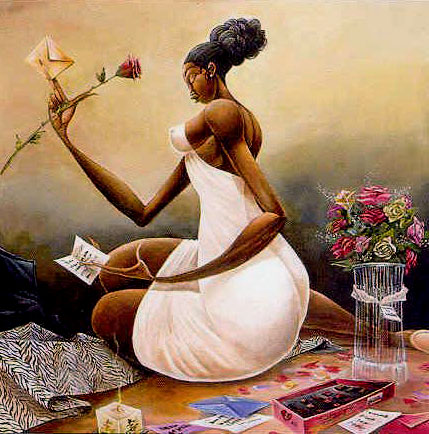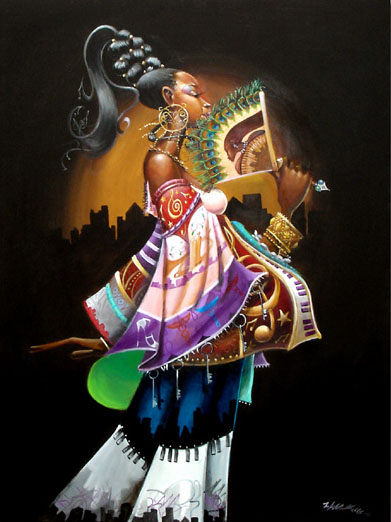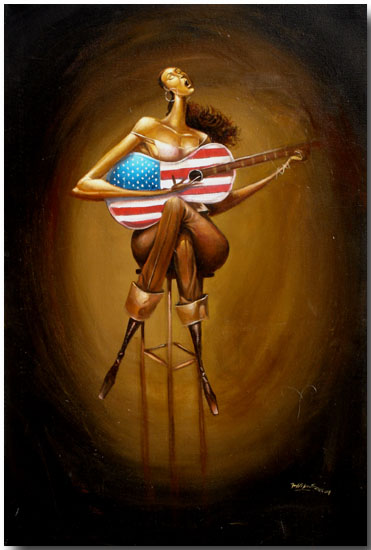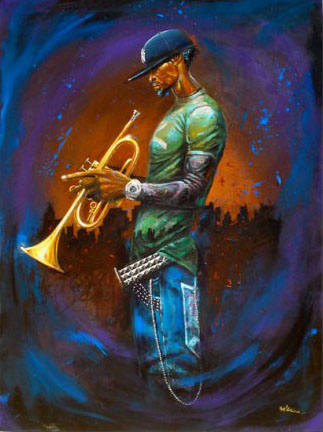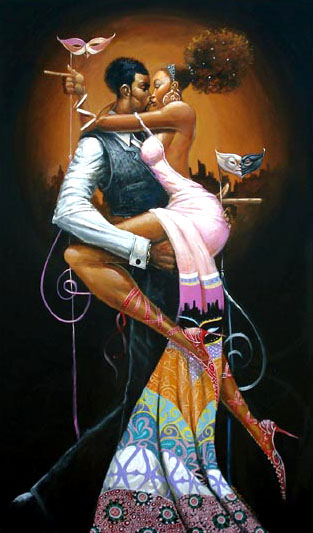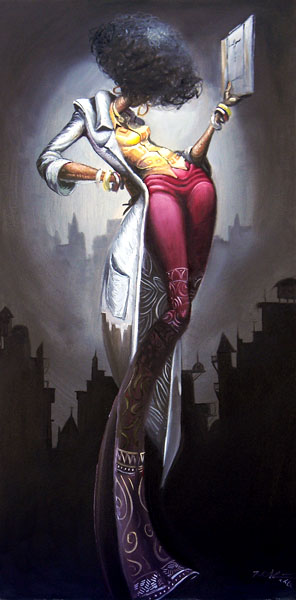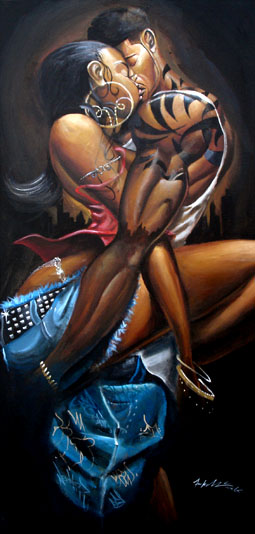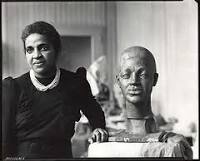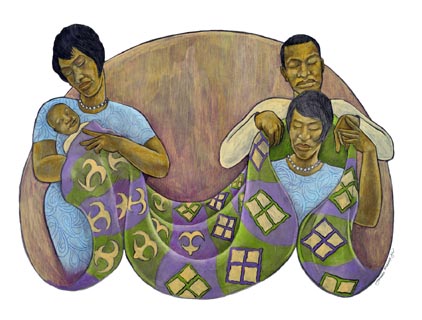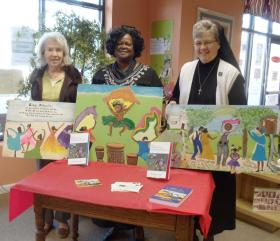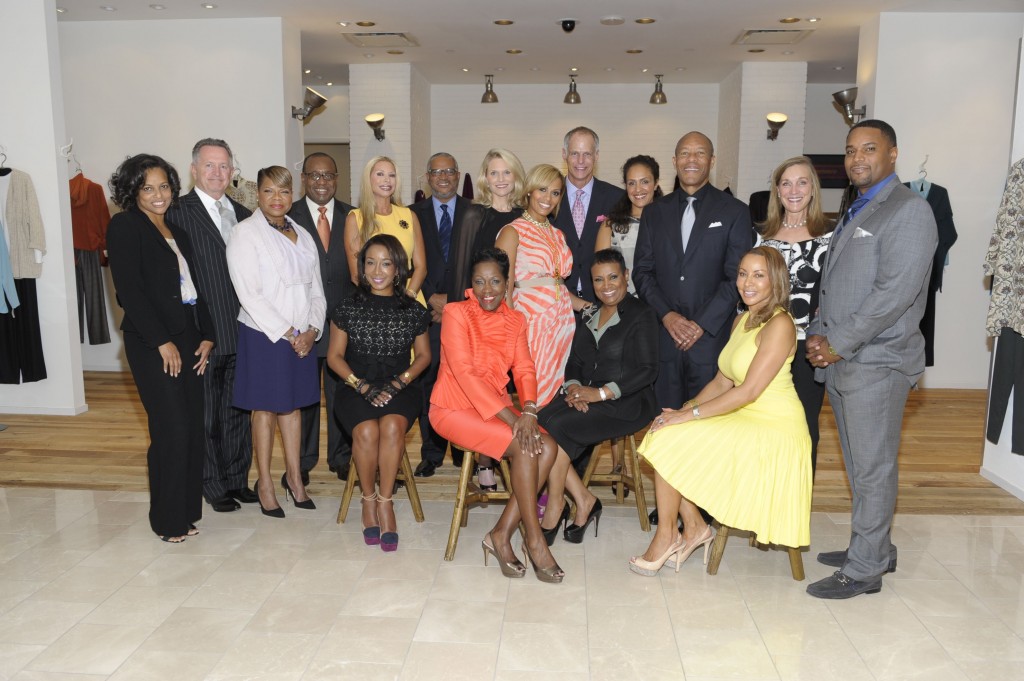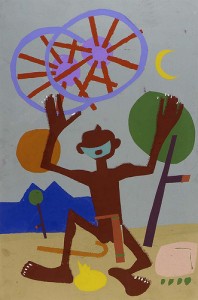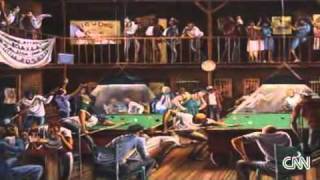February 28, 2013
The Brandywine Workshop clearly holds a special place in the Philadelphia art community. The organization has a long history of promoting emerging artists, engaging in institutional collaboration with local universities, and bringing established artists to Philadelphia for residencies. Brandywine Workshop’s latest exhibition, New Philly Ink (which closed on Feb. 8th), showcased the thriving Philadelphia printmaking culture and highlighted the great art that is to be presented in upcoming exhibitions.
The goal for Allan Edmunds, Brandywine’s Executive Director, was to begin a series of exhibits showcasing young, emerging Philadelphia printmakers. New Philly Ink showcased seven artists — Grimaldi Baez, Colin Foley, Gustavo Garcia, Veronica Hanssens, Alex Kirillov, and José Ortiz-Pagán – who self-curated the exhibit in the Lobby Gallery.
The artists’ ties form a web of histories and associations that ultimately culminate in the city of Philadelphia: Kirillov and Baez met as undergrads at Massachusetts College of Art and Design in Boston. Then Baez met Ortiz-Pagán (both of whom are Puerto Rican) and collaborated on a project at Trailer Park Projects in Puerto Rico. During a stint in Rome, Ortiz-Pagán met Garcia and the two worked together on a handful of group shows and installations. Connections began forming and introductions were made across continents.
Following a show at the James Oliver Gallery in 2011 and believing in the city’s emerging art community, Baez decided to move to Philadelphia permanently and convinced Ortiz-Pagán to also make the jump. Then, the Brandywine Workshop came into their lives. This past fall, Ortiz-Pagán, Kirillov, Garcia, and Hanssens all worked as printers, deciding to officially tie their networks together and collaborate.
New Philly Ink was a small showcasing with each artist exhibiting between 1-4 pieces. None of the artists overpowered the others and the room was a balanced harmony of seven voices. With that said, each artist brought his/her unique sensibility, style, and technique to the exhibition. Their individual voices were strong and clear.
If New Philly Ink is any indication of what lies ahead for the Philadelphia art community, then we are all in for a treat. José Ortiz-Pagán’s work is rugged in the most exquisite way. Using a technique of linocut on rusted engraved steel, his pieces bear a delicate grittiness and complicate the represented automobile and insect forms with thoughts of decomposition and decay. Colin Foley’s use of intaglio & drypoint creates designs of chaotic minimalism that are beautifully framed by their own canvases.
Gustavo Garcia creates complicated explosions of form that envelop narratives of colonization, history, and urban life – his colors seeming to dynamically fight the paper’s confines.
Creating lithograph portraits reminiscent of miniature brooches, Hanseens’ subjects remain historically deadpanned in delicate detail. Her pieces carry an air of pointillism with the colors remaining a surprising perfection. Kirillov’s Transit series presents stunning lithograph landscapes in complicated line and form, delivering color variations that re-imagine a city’s dynamism and texture. And Baez’s deep contrasts and understanding of line’s boldness create a vertical statement in black and white, the influence of Mexico’s Taller de Gráfica Popular clearly pumping through his blood (not shown).
As an exhibition designed to build upon the expanding legacy of Philadelphia printmaking and a kick-off for what to expect in 2013, New Philly Ink dazzled.
Indeed, Philly may now be the place to look for emerging printmakers. Embracing both the city’s history and evolving artistic community, the artists are representing both their own histories and Philadelphia’s beautifully. As Baez said, “I have lived here for a little more than a year and I feel like we are indeed starting something. And that something is a community of artists who have fished each other out of the universe so that we can try a little experiment.” That experiment is certainly succeeding.
Check out Upcoming News/Collaborations for New Philly Ink Artists:
March 2013: Kirillov and Hanseens will be opening Stonefox Editions – a new print shop offering stone and plate lithography. Located in Kensington, Stonefox Editions will focus on publishing, particularly of emerging local and international artists. Kirillov’s first project will publish 7-10 artists from the Northeast US, including her fellow New Philly Ink collaborators Jose Ortiz-Pagan and Grimaldi Baez.
March 1, 2013, opening of: A CEMI WASTE OF MACHO TIME: Something for us to believe in at Napoleon. Presenting works by Grimaldi Baez, curated by José Ortiz-Pagan.
[Ed note: An earlier version of this review misnamed the works of Gustavo Garcia and Grimaldi Baez. We regret the error.]
– See more at: http://www.theartblog.org/2013/02/new-philly-ink-young-printmakers-at-the-brandywine-workshop/#sthash.ea03j5uW.dpuf

